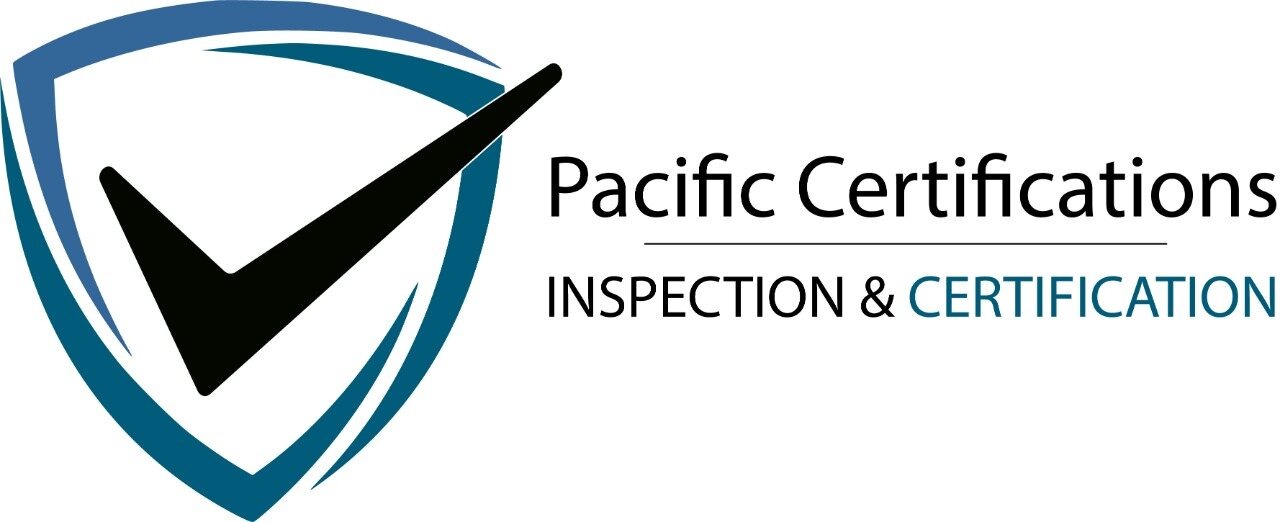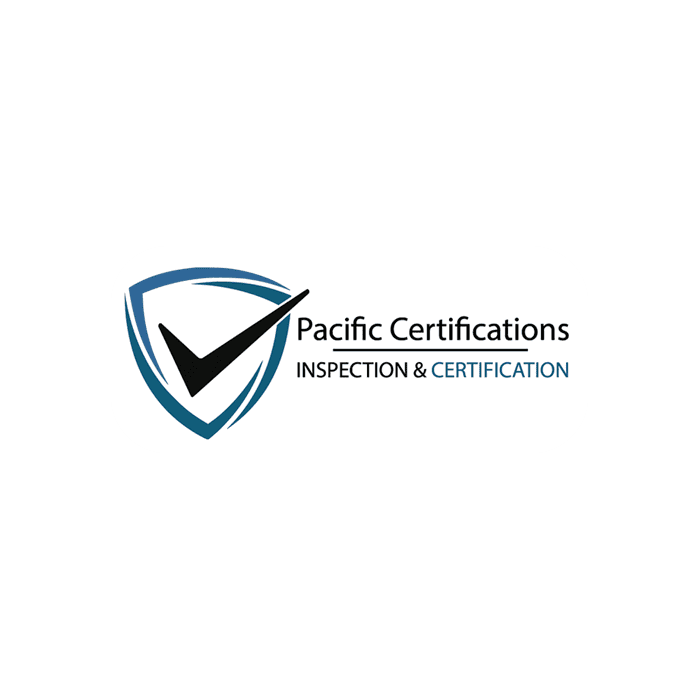ISO Certifications for Leather Industry, Requirements and Benefits
ISO Certifications for the Leather Industry: Quality, Sustainability, and Compliance
Introduction
The leather industry plays a significant role in global trade, serving luxury fashion, automotive, footwear, and furniture sectors. However, it is also under scrutiny for environmental impact, chemical use, labor practices, and product quality. Increasingly, international buyers and regulators demand proof that leather is produced responsibly and sustainably. ISO certifications provide a structured, internationally recognized framework for ensuring quality, safety, environmental compliance, and ethical practices in leather manufacturing and supply chains.
Below are the common applicable standards:
Standard | Focus Area | Application in Leather Industry | KPIs / SLAs |
|---|---|---|---|
ISO 9001 | Quality management | Ensures consistent product quality in leather processing and finished goods | Defect rate, customer complaints |
ISO 14001 | Environmental management | Reduces pollution from tanning, dyeing, and effluent discharge | Wastewater COD/BOD levels, emissions per ton |
ISO 45001 | Occupational health & safety | Protects workers from hazardous chemicals and unsafe conditions | Accident frequency rate, near-miss reports |
ISO 50001 | Energy management | Improves energy efficiency in tanning, drying, and finishing operations | Energy intensity per ton, % reduction in energy |
ISO 17025 | Testing laboratories | Ensures lab accuracy for testing restricted substances in leather | Turnaround time, accuracy rate |
ISO 26000 / SA 8000 | Social responsibility | Ensures fair labor, wages, and ethical supply chain practices | SLA compliance, audit closure time |
ISO 14067 / ISO 14046 | Carbon & water footprint | Tracks sustainability metrics for leather production | CO₂ emissions per product, water reuse % |
ISO certification is voluntary and requires dedication, resources, and ongoing commitment to maintain compliance. Certification can enhance your organization's credibility, improve processes, and potentially open up new business opportunities by demonstrating your commitment to quality, safety, and environmental responsibility.
Applicable ISO standards for Leather Industry
The leather industry can benefit from several ISO standards that address various aspects of quality, environmental responsibility, health and safety, and more. Here are some of the key ISO standards applicable to the leather industry:
ISO 9001: Quality Management System
This standard focuses on establishing a quality management system to ensure consistent product quality, customer satisfaction, and continuous improvement in processes.
ISO 14001: Environmental Management System
ISO 14001 provides guidelines for implementing an effective environmental management system to manage environmental impact, reduce waste, and improve resource efficiency.
ISO 45001: Occupational Health and Safety Management System
This standard outlines the requirements for establishing an occupational health and safety management system to ensure a safe working environment for employees and prevent workplace injuries.
ISO 50001: Energy Management System
ISO 50001 helps organizations establish energy management systems to improve energy performance, reduce energy consumption, and lower energy-related costs.
ISO 26000: Social Responsibility Guidance
ISO 26000 offers guidance on social responsibility, helping organizations in the leather industry address their impact on society, stakeholders, and the environment.
ISO 14064: Greenhouse Gas Emissions
For leather manufacturers looking to address their carbon footprint, ISO 14064 provides guidelines for quantifying, monitoring, and reporting greenhouse gas emissions and removals.
ISO 17025: General Requirements for the Competence of Testing and Calibration Laboratories
While not leather-specific, this standard can be relevant for leather testing laboratories to ensure accurate and reliable results when analyzing leather properties and characteristics.
ISO 45003: Psychological Health and Safety at Work
ISO 45003 provides guidance on managing psychological health and safety in the workplace, which can be relevant for organizations in the leather industry concerned about employee well-being.
ISO 16104: Leather—Chemical Tests—Determination of Chromium(VI) Content in Leather
This standard specifies a method for determining the content of chromium(VI) in leather, which is important for ensuring the safety of leather products.
ISO 11640: Leather—Tests for Colour Fastness
This standard outlines test methods to assess the color fastness of leather materials, which is crucial for ensuring that colors remain stable and do not transfer onto other materials.
ISO 3376: Leather—Physical and Mechanical Tests—Determination of Tear Load
ISO 3376 provides a method for determining the tear load of leather, which is important for assessing its durability and quality.
ISO 5402: Leather—Determination of Flex Resistance
This standard specifies a method for determining the flex resistance of leather, which is relevant for assessing its performance in various applications.
What are the requirements for ISO Certifications for Leather Industry?
Obtaining ISO certifications for the leather industry involves adhering to specific requirements outlined in the relevant ISO standards. Here are the key steps and requirements you would need to follow for ISO certification in the leather industry:
- Select Applicable ISO Standards: Identify the ISO standards that are relevant to your segment of the leather industry. As mentioned earlier, standards like ISO 9001, ISO 14001, ISO 45001, and others may apply.
- Understand the Standard's Requirements: Familiarize yourself with the requirements outlined in the selected ISO standard. Each standard will have specific clauses that detail the necessary processes, documentation, and practices you need to implement.
- Gap Analysis: Conduct a gap analysis to identify the differences between your current practices and the requirements of the ISO standard. This step helps you understand the areas that need improvement or modification.
- Plan and Implement Changes: Develop an action plan to address the gaps identified during the gap analysis.
- Document Management System: Implement a robust document management system to organize and control your quality, environmental, health and safety, or other relevant documents.
- Training and Awareness: Ensure that all relevant employees are trained and aware of the changes being made to align with the ISO standard.
- Internal Audit: Conduct internal audits to assess your organization's compliance with the ISO standard's requirements.
- Corrective Actions: If any non-conformities are identified during the internal audit, take corrective actions to address them.
- Management Review: Conduct a management review to evaluate the effectiveness of the implemented changes and to ensure alignment with your organization's strategic objectives.
- Selection of Certification Body: Choose an accredited certification body recognized for the specific ISO standard you are seeking certification for.
- External Audit: Certification body auditors will perform an on-site or online audit to assess your organization's compliance with the ISO standard's requirements. This audit is divided into stages: stage 1 (documentation review) and stage 2 (final audit).
- Certification Decision: Based on the results of the external audit, Certification body will decide whether to grant ISO certification. If any non-conformities are found, they will need to be addressed before certification is granted.
- Certification Issuance: If your organization successfully meets the ISO standard's requirements, the certification body will issue an ISO certificate.
- Surveillance Audits: After obtaining certification, the certification body will conduct regular surveillance audits to ensure your ongoing compliance with the ISO standard.
- Continuous Improvement: Maintain a commitment to continuous improvement by periodically reviewing and updating your processes to enhance efficiency and effectiveness.
Therefore, it’s crucial to thoroughly understand the standard's requirements and work systematically to meet them for a successful ISO certification in the leather industry.
Pacific Certifications is accredited by ABIS for management system certifications and product certifications, If you need more support with you certification process, you can contact us at [email protected]
What are the benefits of ISO Certifications for Leather Industry?
Obtaining ISO certification in the leather industry can offer numerous benefits that positively impact your business, reputation, and overall operations. Here are some key benefits of ISO certification:
- Implementing quality processes can lead to improved product consistency, fewer defects, and better customer satisfaction.
- ISO certifications demonstrate your commitment to adhering to internationally recognized standards.
- An ISO certification opens doors to new markets, both domestic and international, where ISO compliance is often a requirement for business partnerships.
- Having ISO certification can give you a competitive edge by showcasing your dedication to quality and compliance.
- ISO certification reassures customers that your products meet consistent quality standards, fostering trust and loyalty.
- Implementing ISO standards often involves streamlining processes and eliminating unnecessary steps, leading to increased efficiency and reduced waste.
- Risk Management: ISO standards such as ISO 45001 for occupational health and safety or ISO 14001 for environmental management help manage risks related to worker safety and environmental impact.
- Implementing ISO standards often involves clear procedures, better training, and safer work environments.
- Sustainable Practices: ISO 14001 emphasizes environmental responsibility, helping the leather industry adopt more sustainable practices, reduce waste, and minimize its ecological footprint.
- Legal and Regulatory Compliance: ISO certification can aid in meeting legal and regulatory requirements, ensuring that your operations align with industry standards and regulations.
- ISO standards like ISO 50001 for energy management help identify energy-saving opportunities, leading to reduced operational costs.
- ISO standards often require clear communication within and outside the organization.
- Supplier Relationships: ISO certification can enhance relationships with suppliers by assuring them of your commitment to quality and standards compliance.
- ISO standards emphasize a culture of continuous improvement, encouraging your organization to consistently assess and enhance its processes.
- ISO certification requires clear documentation and traceability, making it easier to identify and resolve issues when they arise.
- Brand Value: ISO certification can positively impact your brand value, reflecting your dedication to quality and customer satisfaction.
- Implementing ISO standards often results in reduced waste, rework, and operational inefficiencies, leading to cost savings over time.
- Long-Term Sustainability: Adhering to ISO standards helps establish a foundation for long-term sustainability.
What's new in the leather Industry?
The leather industry is rapidly moving toward eco-friendly tanning, waterless dyeing technologies, and circular economy models. Global buyers are enforcing stricter sustainability audits, often requiring ISO 14001 and ISO 45001 certifications alongside chemical compliance such as REACH. Recently, luxury brands increasingly demand traceability and carbon footprint reporting, linking ISO 14067 with blockchain-based supply chain tracking. Certification is becoming not only a compliance tool but also a competitive differentiator for suppliers.
Ultimately, ISO certification in the leather industry is a commitment to excellence, continuous improvement, and responsible business practices that can help your organization thrive in a competitive global market.
If you need more support with ISO certification for your business in leather industry, please contact us at +91-8595603096 or [email protected].
Post by: Ashish

Read more: ISO Certifications for Wood Industry-Applicable standards-Requirements and Benefits
